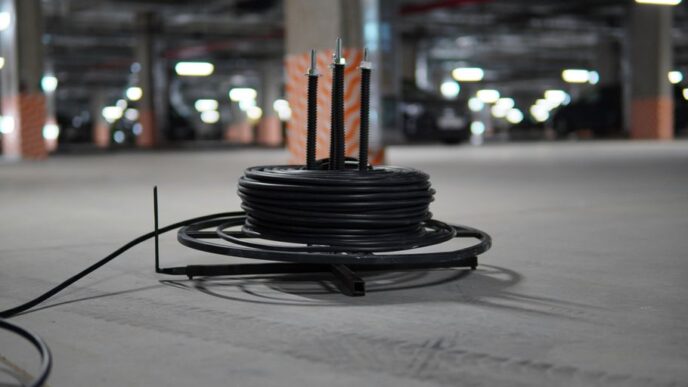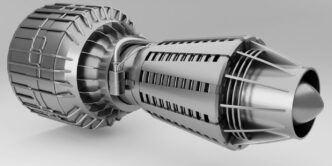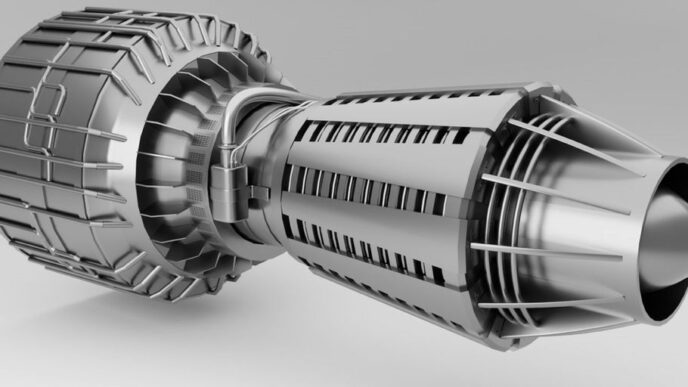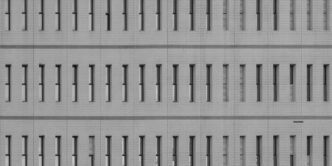
Introduction
In today’s digital age, data is the lifeblood of both personal and professional activities. From cherished memories stored as photos and videos to critical business documents, the data we accumulate over time is invaluable. Solid State Drives (SSDs) have become the go-to storage medium due to their speed, durability, and efficiency. However, despite their many advantages, SSDs are not immune to data loss. When data recovery from SSDs becomes necessary, it poses unique challenges compared to traditional Hard Disk Drives (HDDs). This article delves into the intricacies of SSD data recovery and the solutions available.
Understanding SSDs
SSDs differ fundamentally from HDDs in their design and operation. While HDDs use spinning platters and read/write heads to store data, SSDs utilize NAND flash memory chips. This architectural difference gives SSDs their superior speed and durability but also introduces complexities in data recovery processes.
Causes of Data Loss in SSDs
- Physical Damage: Although SSDs lack moving parts, they can still suffer from physical damage due to drops, power surges, or exposure to extreme temperatures.
- Firmware Corruption: Firmware issues can prevent an SSD from being recognized by the system, making the data inaccessible.
- File System Corruption: Logical errors in the file system can lead to data loss, often caused by improper shutdowns or software malfunctions.
- Wear and Tear: SSDs have a limited number of write/erase cycles. Over time, these cycles can wear out the NAND cells, leading to data loss.
- Accidental Deletion or Formatting: Human errors such as accidental deletion or formatting of the drive can result in data loss.
Challenges in SSD Data Recovery
TRIM Command
One of the significant challenges in SSD data recovery is the TRIM command. The TRIM command helps maintain the performance of an SSD by informing the drive which data blocks are no longer in use and can be wiped. While beneficial for performance, TRIM can complicate data recovery as it permanently deletes the data from the NAND chips, making it unrecoverable through traditional means.
Wear-Leveling Algorithms
SSDs use wear-leveling algorithms to ensure even distribution of data writes across the memory cells. This process makes data recovery more complex, as data is not stored in a sequential manner, unlike in HDDs.
Proprietary Technology
Different manufacturers use proprietary technology and encryption methods, adding another layer of complexity to the data recovery process. Each SSD brand may require unique tools and techniques for successful data retrieval.
Solutions for SSD Data Recovery
- Professional Data Recovery Services
Given the complexities of SSD data recovery, professional services are often the best option. These services utilize specialized equipment and techniques to recover data from damaged or malfunctioning SSDs. Experienced technicians can handle physical repairs, bypass firmware issues, and navigate proprietary technologies to retrieve lost data.
- Software Solutions
For less severe cases of data loss, software solutions can be effective. Several data recovery software tools are designed to recover deleted files, handle logical errors, and even work around some wear-leveling challenges. However, the effectiveness of software solutions may be limited by the TRIM command and the extent of the data loss.
- Preventive Measures
While not a recovery solution per se, taking preventive measures can significantly reduce the risk of data loss. Regular backups, proper shutdown procedures, and using surge protectors can help safeguard data. Additionally, monitoring the health of the SSD using tools provided by the manufacturer can preemptively address wear and potential failures.
Conclusion
Data recovery from Solid State Drives presents unique challenges due to their distinct architecture and the technologies they employ. While the TRIM command and wear-leveling algorithms complicate the recovery process, professional data recovery services and specialized software tools offer viable solutions. However, the best approach to mitigate data loss remains prevention through regular backups and careful handling of the SSD. As technology advances, the methods and tools for SSD data recovery will continue to evolve, offering hope for recovering lost data even from the most complex scenarios.












